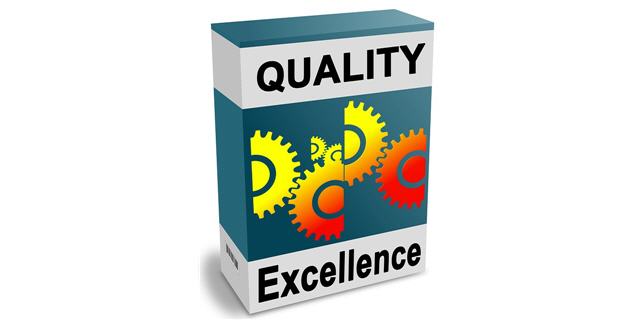5 Rules of Software Quality Engineering
Given the increase in software complexity, technology changes and the shifting dynamics of user behaviour, the quality of software or application should be top notch.

5 Rules of Software Quality Engineering That You Must Not Miss
By Michael Wade Jr
The digital transformation process has seen an increase in the complexity of software. This is due to the fact that a software application has to work in a multi-dimensional environment comprising of processes, devices, networks, operating systems, frameworks, servers, IDE’s, and others. Besides, each component of the environment can be further divided thereby increasing its complexity. Technology is changing at a rapid pace and each and every software built on it needs to perform at its optimum level. The software interface to technologies such as the cloud, mobility, big data, and analytics, AI or IoT should be robust enough to deliver quality and meet the user expectations.
Given the increase in software complexity, technology changes and the shifting dynamics of user behaviour, the quality of software or application should be top notch. To ensure the quality of software across dimensions, paradigms and disciplines, the quality assurance process needs to undergo a change. It is no longer about software testing alone, but implementing software quality engineering. The idea is not merely about identifying the glitches during the testing phase but eliminating them altogether during the design and development stages.
What is software quality engineering?
As opposed to software testing that involves the testing of specific functions or parts of a software against predefined outcomes, software QA engineering is much more diverse and all encompassing. A software quality engineer works with the development team to design and develop the source codes. He or she conducts other allied tasks such as testing, integrating and deploying the software.
A QA analyst of a quality engineering company as part of his or her responsibility sets up verifiable testing goals. He or she does so in consultation with all the stakeholders. The software quality engineer oversees the entire SDLC and creates a quality culture where each and every stakeholder is aware of the quality objectives. The underlying philosophy of QA engineering is to work on the codes at the designing phase in order to eliminate glitches or vulnerabilities.
Also, the software quality engineer ensures the delivery of software within time constraints. The timely deployment of a software application goes a long way in meeting the expectations of customers. Notably, the all-encompassing software QA engineering includes software testing as well.
Five rules of software quality engineering
The approach of QA engineering has moved towards shift-left testing. The term means rigorously testing the codes during the development phase to identify and eliminate the glitches. The five rules that a QA engineer should follow for the successful implementation of a quality engineering process are:
1. Functional testing: The process involves testing the UI and API to see if they meet the design specifications. This automation testing exercise validates the core functions, inputs, installation, and menus. To illustrate further, a functional testing includes
Checking the input fields by entering data consisting of strings, special characters, extended characters and non-Latin scripts
Checking the basic API functionality and core application parameters against pre-defined outcomes
Setting up the application on local machines running on different operating systems
Checking of text functions like copying, pasting and editing
Checking the short cuts by using hot keys
2. Peer review of code: The source code should be reviewed by another test engineer to gain a better perspective. However, it is advisable to follow the basic functional testing exercise before going for a peer review.
3. Static code analysis: Use specific tools to look for security and other vulnerabilities. Such tools can check a static code without actually executing it. Perform static code analysis to check if the codes meet the required coding standards or conform to the security regulations.
4. Unit testing: The process involves the checking of a unit comprising of a component, class or method against valid or invalid inputs. In a DevOps environment, a unit test should be conducted every time a change is made to the code. Ensure the unit test to be an extensive one to nip the glitches in the bud. The process can use virtualization with the entry of dummy inputs to check each and every test scenario.
5. User performance testing: The testing should involve a single user and check for any load and performance issues. The test area should include testing the application for quicker loading and execution.
Conclusion
The five key rules of Quality engineering ensure that the codes meet the desired business objectives and user expectations. Any quality engineering company would do well to include the five key rules in its strategy. By doing so, the company helps to remove glitches at the development stage of a software. This leads to the deployment of a better quality software within time and budget constraints.
Cigniti Technologies is the world’s first Independent Software Testing Services Company, with its wide array of Quality Engineering and Digital Assurance solutions had worked with and serving several of the Fortune 500 and Global 2000 companies across 13 countries.
Article Source: 5 Rules of Software Quality Engineering That You Must Not Miss
